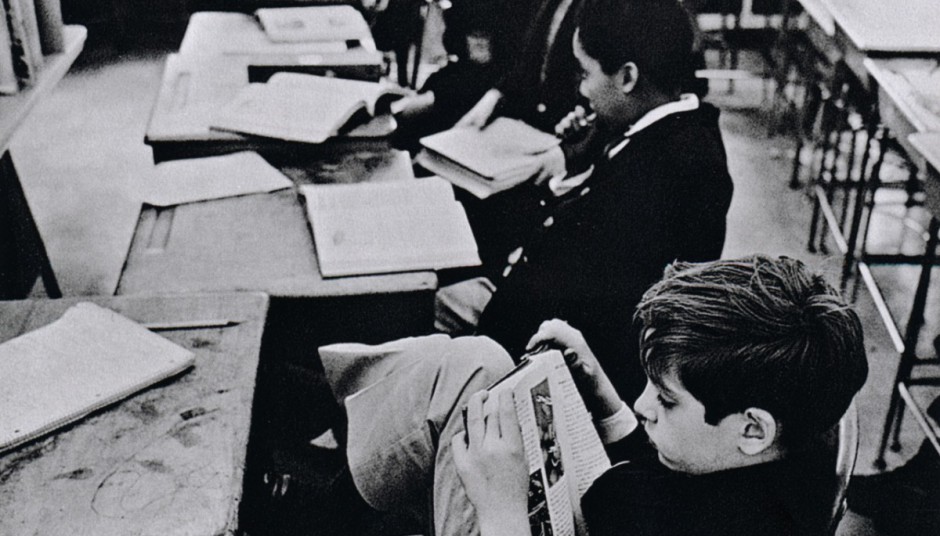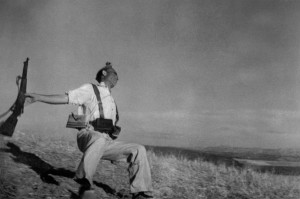While reading the analysis on Robert Capa’s photograph, The Falling Soldier, also known as the greatest war photograph of all time came across many discussions and about whether the photo was real or staged as “fakery.” I do find Richard Whelan’s argument convincing because I do not understand why one would fake death, especially during the middle of war. I also do not know how someone can fake death in the position the soldier was in. Therefore, I do not think Robert Capa’s photo was staged. As the article had stated, Captain Robert L. Frank has proven to us that when the fingers curl towards the palm, it indicates that the soldier’s muscles has gone is already dead. The photo does not seem fake or staged to me because I don’t know how someone could fake an expression of “death” as expressed on the soldier’s face you can tell it’s not fake. I also do not know how someone can hold themselves up in the position the soldier was while “falling” as shown in the photograph. I believe the authenticity for this photo matters because it is during war and since Robert Capa wanted to capture moments from it, the photos should be real and not staged or it wouldn’t have any meaning to it and for him to be there. If he wanted the photo to be staged, he could always have someone dress up as a soldier and go to a field and photograph them. I believe that this photo became popular because no one would have expected a soldier getting shot would be captured.
Contact Information
Professor Sandra Cheng
Office: Namm 602B
Office Hours: Mon 10-11 am, Tu/Th 9-10 am or
by appointment
Office Tel: 718-260-5003
Email: scheng@citytech.cuny.edu New York Times Arts
New York Times Arts-
Recent Posts
Recent Comments
- Leidy on Homework #3: Robert Capa’s Death of a Loyalist Soldier
- Djane96 on Homework #2: Walker Evans’ Subway Portraits
- Djane96 on Homework #3: Robert Capa’s Death of a Loyalist Soldier
- Kelly-Ann on Henry Gomez Homework #3: Robert Capa’s Death of a Loyalist Soldier
- Billy on Homework #3: Robert Capa’s Death of a Loyalist Soldier
Archives
Categories
Meta




